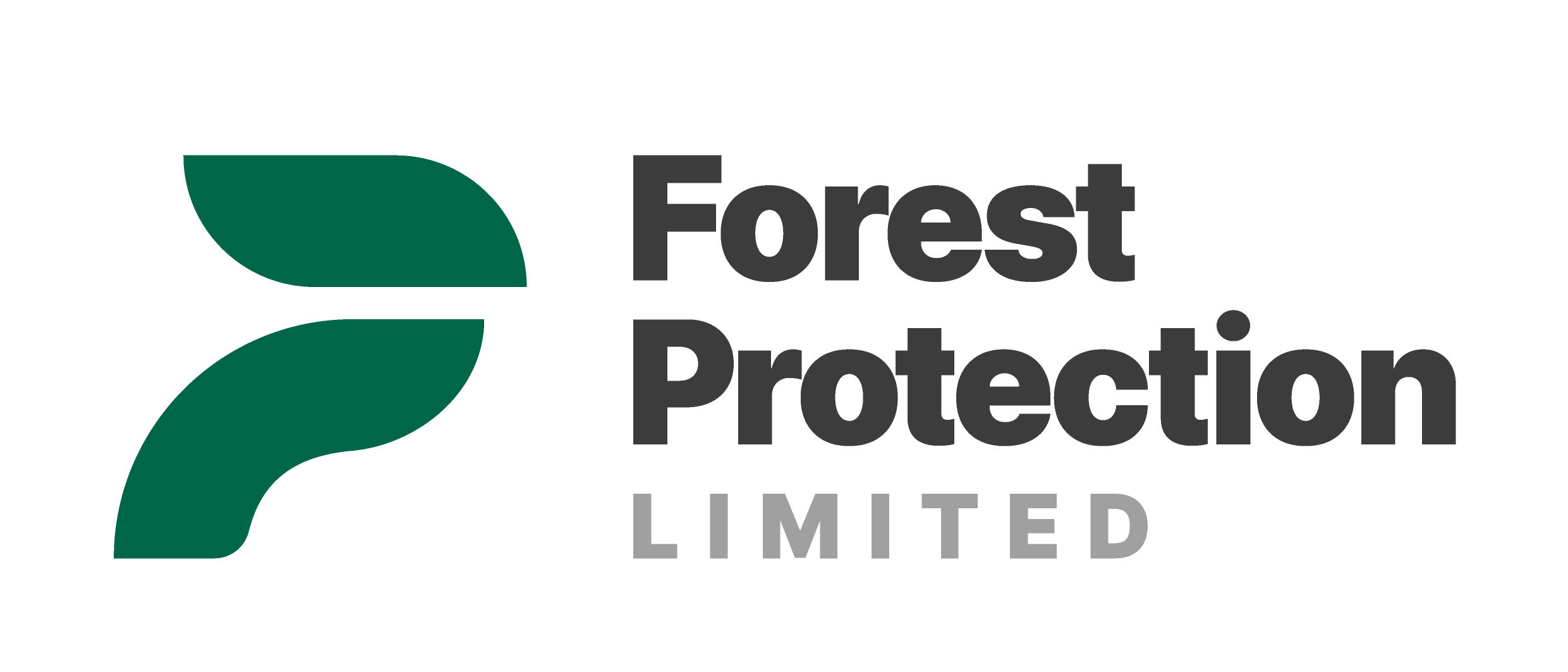Job Profile: Aerial Controller
When working in aerial application, it’s a combined effort between various parties: the ground crew, Tanker Pilots, Aerostar Pilots, and Aerial Controllers. A collaboration between all is needed for a successful and safe operation. To gain a better understanding of the particulars associated aerial application, today we will focus on the job profile of an Aerial Controller at Forest Protection.
MASTERS OF THE AIRSPACE
Forest Protection’s Aerial Controllers are masters of airspace deconfliction. Picture eight aircrafts working over an area no wider than Fredericton. Now, imagine having these eight pilots focused on ensuring that they remain at an exact altitude over rolling terrain, fighting a crosswind, throw in a little bit of turbulence, and put the early morning sun in their eyes. It’s easy to understand that the pilots are focused on one thing: keeping the aircraft following the flight line and at the right altitude to ensure that product is exactly where it needs to be.
If the individual pilot is focused on keeping their aircraft where it needs to be, who’s making sure that the rest of the aircraft are in the right place, moving in the right direction, and not conflicting with each other? Enter the Aerial Controller.
WORKING TOGETHER
The Aerial Controller flies in the right seat of one of our Piper Aerostars (PA-60) and provides a communications link back to the Base Manager on the ground. The control aircraft is the first plane in the air every session. They zip out to the work area (courtesy of the Aerostars 200+kt top speed). Once on-site, they’ll assess the meteorological conditions to confirm that the ground crews are good to go to launch the Tanker Pilots.
COMMUNICATION
Once the working aircrafts are over the block, the Aerial Controller fills its most important role: command and control. This means ensuring that the spray planes are on the right lines, moving in the right direction and warning them of any possible hazards in the area. They report back to the Deployed Ops Centre and communicate any changes in status or updates to the plan between the Base Manager and Tanker Pilots. In short, the Controller takes care of all the external factors so that the Tanker Pilots can focus on flying their aircraft. Then, at the end of the session, they’re the last to land after ensuring everyone else made it back safely.
CONTROLLER ATTRIBUTES
What makes a good Aerial Controller? Well first, they aren’t (or at least don’t have to be) pilots. A good Controller has excellent communication skills, great spatial awareness, and a keen ability to process large quantities of information fast. This is a job where hesitation can mean catastrophe but is an outstanding challenge for someone looking for a unique opportunity and lots of time in the air.
Aerial Controllers are a key player in the success of our aerial application operations. By acting as the liaison between ground crews and Tanker Pilots; they are the glue that holds the teams together. With a combination of great communication skills and spatial awareness, Aerial Controllers are the masters of airspace deconfliction.
If this sounds like something you’d be interested in, keep an eye out for Forest Protection job ads for Aerial Controllers in Spring 2022!

